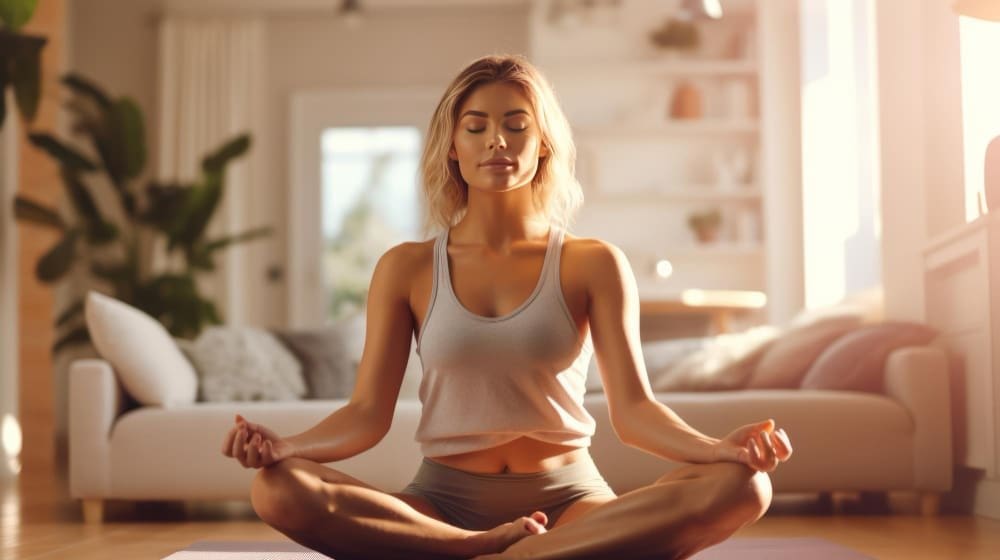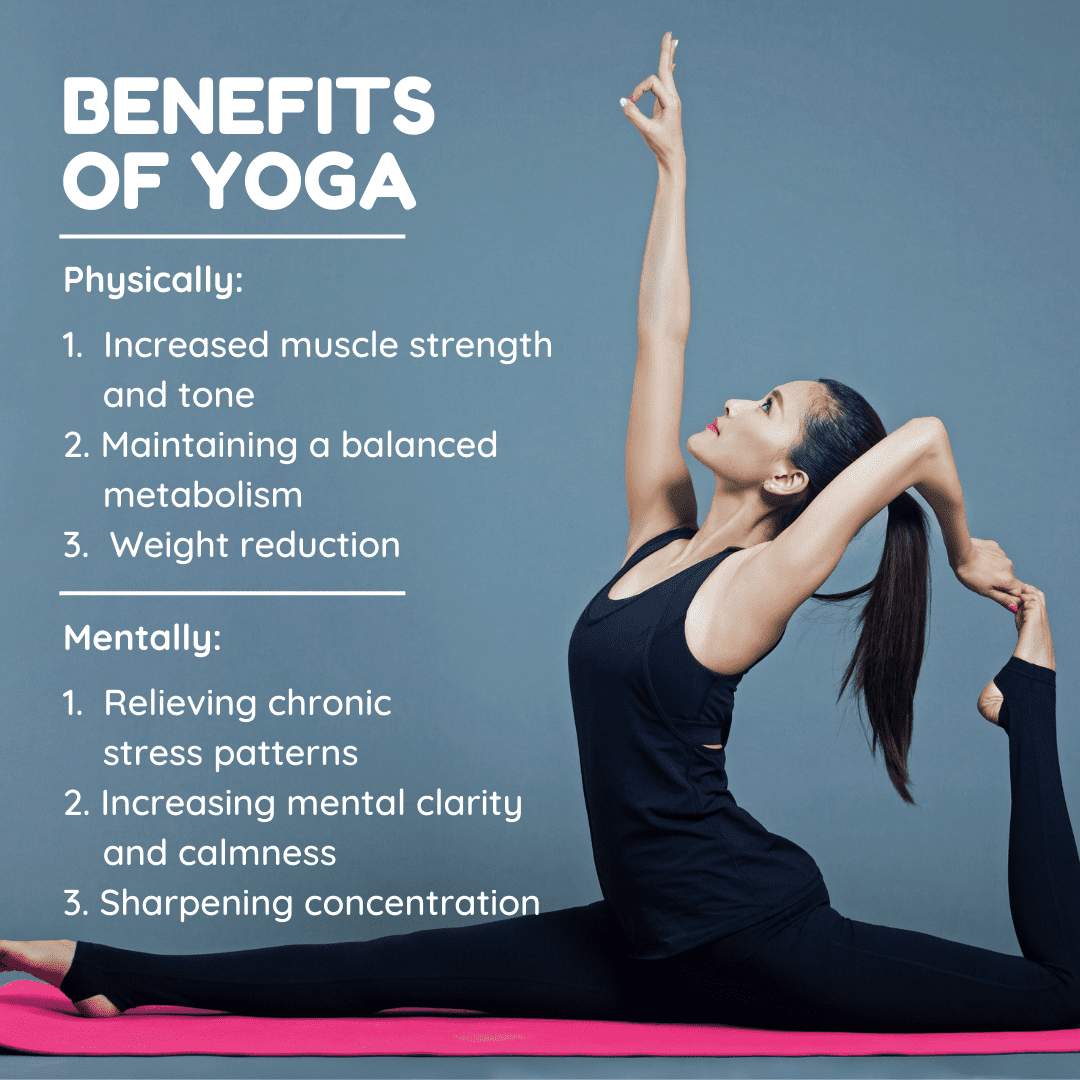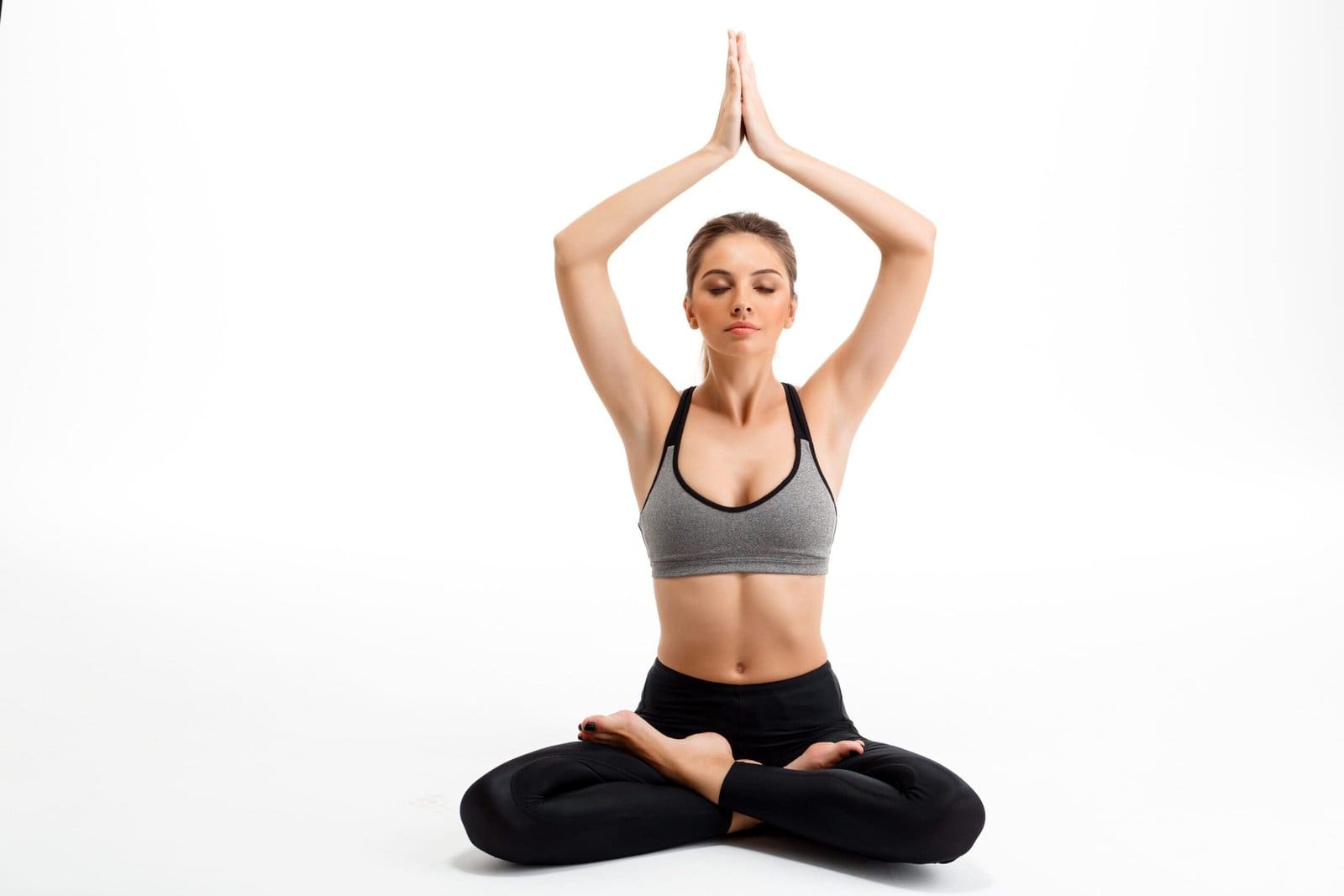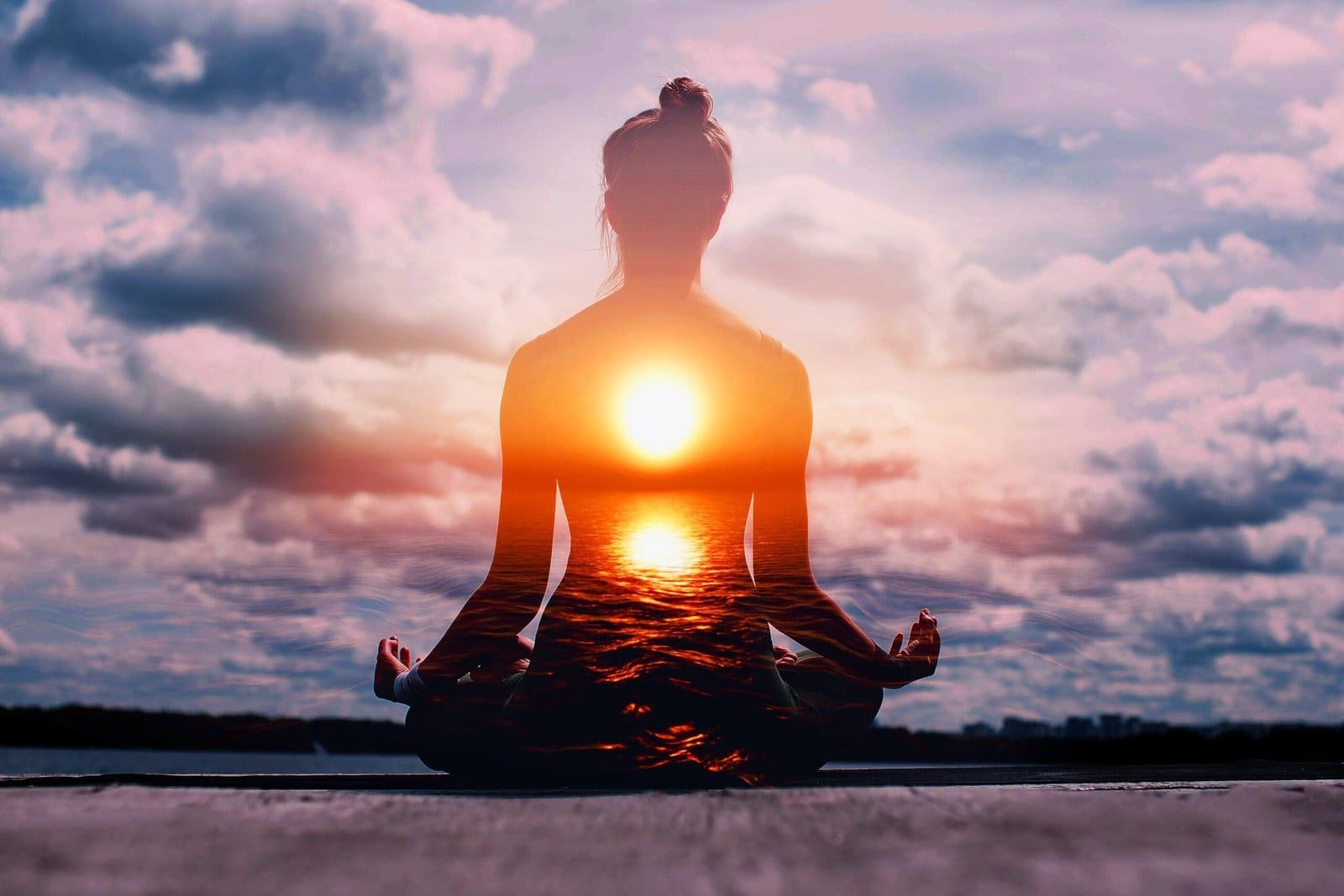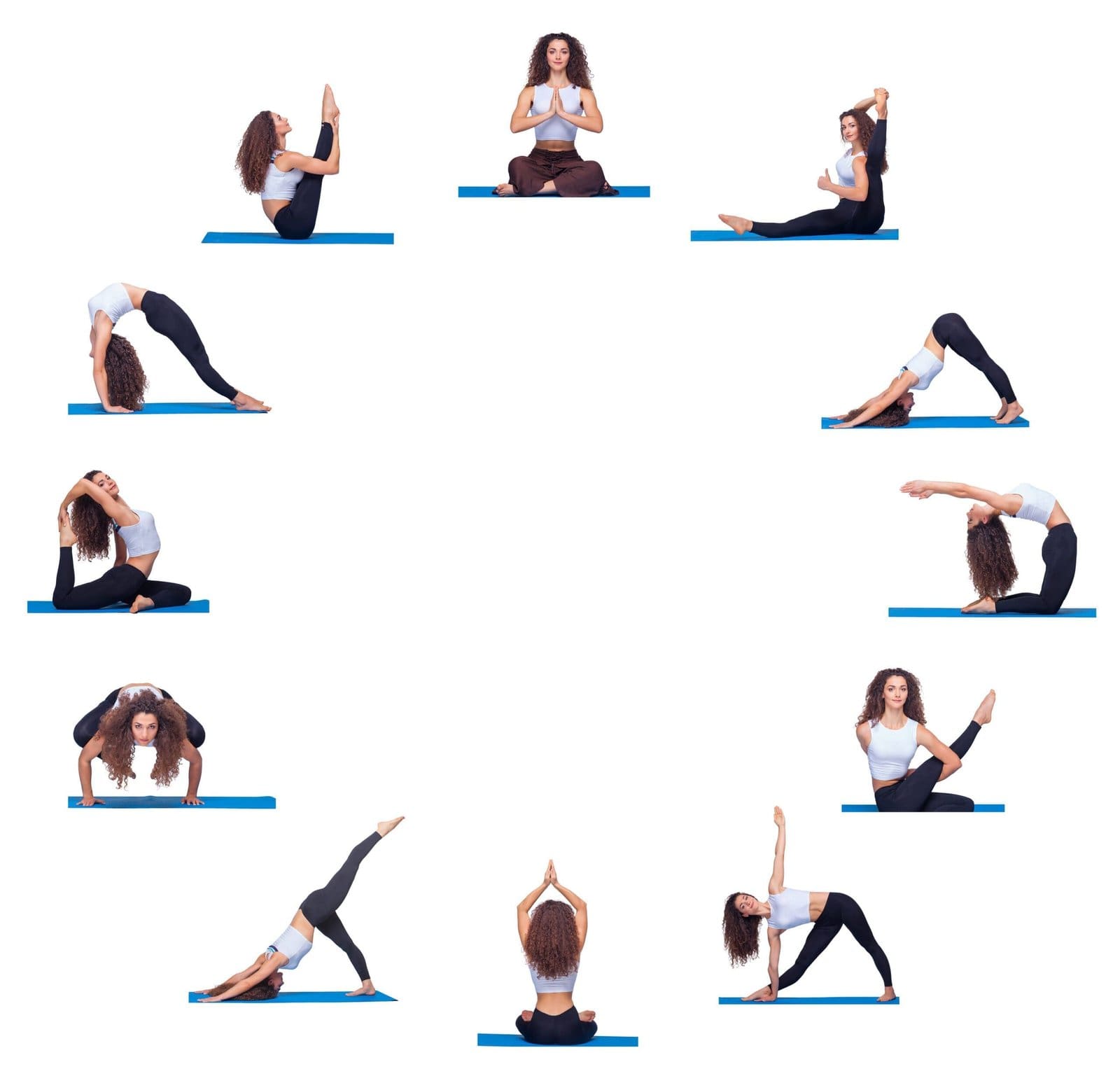Exploring Yoga Poses: Enhancing Strength, Flexibility, and Mind-Body Connection
Introduction to Yoga Poses
Yoga poses, also known as asanas, are the physical postures practiced in yoga that offer a wide range of benefits for the mind, body, and spirit. Each yoga pose targets specific areas of the body, promoting strength, flexibility, balance, and overall well-being. In this guide, we will explore a variety of yoga poses that can be incorporated into your practice to enhance your physical fitness, cultivate mindfulness, and deepen your mind-body connection.
Mountain Pose (Tadasana)
Mountain Pose is the foundational pose in yoga, serving as a starting point for many other asanas. Stand tall with your feet hip-width apart, grounding through all four corners of your feet. Engage your core, lengthen your spine, relax your shoulders, and bring your palms together at your heart center. Mountain Pose helps improve posture, develop body awareness, and establish a sense of grounding and stability.
Downward-Facing Dog (Adho Mukha Svanasana)
Downward-Facing Dog is a rejuvenating and energizing pose that targets the entire body. Start on your hands and knees, then lift your hips up and back, forming an inverted “V” shape with your body. Press your palms into the mat, extend your spine, and engage your core and legs. Downward-Facing Dog strengthens the arms, shoulders, and legs, stretches the hamstrings and calves, and releases tension in the back and neck.
Warrior I (Virabhadrasana I)
Warrior I is a powerful standing pose that cultivates strength, stability, and focus. Begin in a lunge position with your right foot forward, aligning your front heel with your back arch. Square your hips forward, bend your front knee, and raise your arms overhead, keeping your gaze forward. Warrior I strengthens the legs, opens the chest, and builds concentration and determination.
Tree Pose (Vrksasana)
Tree Pose is a balancing pose that promotes stability, concentration, and a sense of groundedness. Stand tall with your feet hip-width apart, shift your weight onto your left foot, and place your right foot on your left inner thigh or calf. Find your balance and bring your hands together at your heart center. Tree Pose strengthens the legs, improves balance, and enhances focus and mental clarity.
Cat-Cow Pose (Marjaryasana-Bitilasana)
Cat-Cow Pose is a gentle and flowing sequence that stretches and mobilizes the spine, promoting flexibility and releasing tension in the back. Start on your hands and knees, with your wrists beneath your shoulders and your knees beneath your hips. Inhale, arch your back, lift your chest and tailbone, and gaze up for Cow Pose. Exhale, round your spine, tuck your chin to your chest, and draw your navel toward your spine for Cat Pose. Repeat this movement, syncing it with your breath.
Child’s Pose (Balasana)
Child’s Pose is a resting pose that promotes relaxation, releases tension, and fosters introspection. Kneel on the floor, bring your big toes together, and sit back on your heels. Exhale and fold your torso forward, resting your forehead on the mat and extending your arms forward or alongside your body. Breathe deeply and surrender to the pose, allowing your body and mind to unwind and find tranquillity.
Corpse Pose (Savasana)
Corpse Pose is the final relaxation pose at the end of a yoga practice, allowing the body to integrate the benefits of the previous poses and enter a state of deep relaxation. Lie flat on your back, arms relaxed by your sides, palms facing up. Close your eyes, relax your entire body, and focus on your breath. Corpse Pose promotes deep relaxation, reduces stress and anxiety, and rejuvenates the mind and body.
Conclusion
Remember, yoga poses should be practiced mindfully, with attention to proper alignment and modifications based on your individual needs and abilities. Regular practice of these and other yoga poses can enhance your physical strength, flexibility, and overall well-being, while also nurturing a deeper connection between your mind, body, and spirit.
Disclaimer
The content is purely informative and educational in nature and should not be construed as medical advice. Please use the content only in consultation with an appropriate certified medical or healthcare professional

Yoga Bridge Pose (Setu Bandhasana)
The Yoga Bridge Pose, also known as Setu Bandhasana, is a powerful and versatile posture that offers a wide array of benefits for practitioners of all levels. This article delves into the numerous advantages of incorporating the Yoga Bridge Pose into your regular practice. From strengthening the core muscles and improving spinal flexibility to alleviating back pain and promoting better posture, this pose is a valuable addition to any yoga routine. Moreover, the Yoga Bridge Pose has a profound impact on the nervous system, helping to calm the mind, reduce stress, and induce a state of deep relaxation. By regularly practicing this pose, individuals can experience a transformative effect on their physical, mental, and emotional well-being, ultimately leading to a greater sense of balance and harmony in their lives. Physical Benefits Increases spinal flexibility The Bridge Pose in yoga is a great way to increase spinal flexibility. As we lift our hips off the ground and arch our back, we are stretching and lengthening the entire spine. This movement helps to release tension and stiffness in the back, making it more flexible and mobile. Regular practice of the Bridge Pose can help alleviate back pain and improve overall spinal health. Strengthens the muscles of the back One of the key physical benefits of the Bridge Pose is its ability to strengthen the muscles of the back, including the lower back, upper back, and glutes. As we lift our hips off the ground, we engage these muscles to support the weight of our body. This helps to build strength and stability in the back, reducing the risk of injuries and improving overall posture. Improves posture Poor posture is a common problem that many people face due to the sedentary lifestyle and long hours spent sitting at a desk. The Bridge Pose can help improve posture by strengthening the muscles that support the spine and encouraging a more upright position. By regularly practicing this pose, we can develop better posture habits and alleviate discomfort associated with slouching. Opens up the chest and shoulders The Bridge Pose involves lifting the chest towards the ceiling, which helps to open up the chest and stretch the muscles in the shoulders. This is particularly beneficial for those who spend a lot of time sitting or hunched over a computer, as it counteracts the rounded shoulders and tight chest muscles that often result from these activities. By opening up the chest and shoulders, we can improve our breathing capacity and relieve tension in the upper body. Stretches the hips and thighs The Bridge Pose also provides a deep stretch for the hips and thighs. As we lift the hips and arch the back, we elongate the hip flexors and quadriceps, releasing any tightness or tension in these areas. This can be especially beneficial for individuals who sit for extended periods, as it helps to counteract the hip tightness that often occurs from prolonged sitting. Regular practice of the Bridge Pose can lead to increased flexibility in the hips and thighs, enhancing overall mobility. Enhances core strength The Bridge Pose is not only beneficial for the back and hips but also for the core muscles. As we lift our hips off the ground, we engage the abdominal muscles to maintain stability and control. This helps to strengthen the core and improve overall stability. A strong core is essential for maintaining good posture, preventing injuries, and supporting the spine during daily activities. Mental Benefits Relieves stress and anxiety In addition to its physical benefits, the Bridge Pose also offers numerous mental benefits. When we practice this pose, we engage in deep breathing and focus on our body and breath. This mindful attention helps to calm the mind and relieve stress and anxiety. By taking the time to relax and concentrate on our movements, we can experience a sense of peace and inner calm. Promotes relaxation The Bridge Pose is a deeply relaxing posture that encourages a state of deep relaxation. As we hold the pose, we allow ourselves to surrender to gravity and let go of any tension or stress in the body. This release of tension promotes relaxation and can help alleviate symptoms of fatigue and exhaustion. Practicing the Bridge Pose regularly can become a powerful tool for finding peace and tranquility in our busy lives. Improves concentration and focus The act of practicing the Bridge Pose requires concentration and focus, as we need to pay attention to our body alignment and breath. This focused attention can help sharpen our concentration skills and improve our ability to stay present in the moment. By training our minds to be fully engaged in the present moment, we can enhance our overall mental clarity and focus. Enhances mood and emotional well-being Regular practice of the Bridge Pose has been found to enhance mood and promote emotional well-being. The deep breathing and physical movement involved in this pose stimulate the release of endorphins, which are known as the “feel-good” hormones. As endorphins flood our system, we experience an uplifted mood and a heightened sense of well-being. This makes the Bridge Pose an excellent practice for boosting our overall mental and emotional health. Digestive Benefits Stimulates abdominal organs The Bridge Pose also offers a range of digestive benefits. As we lift our hips and arch the back, we gently massage and stimulate the abdominal organs, including the stomach, intestines, and liver. This gentle massage helps to improve digestion and stimulate the secretion of digestive enzymes. Regular practice of the Bridge Pose can aid in the overall functioning of the digestive system and promote a healthy gut. Boosts digestion and metabolism By stimulating the abdominal organs, the Bridge Pose helps to boost digestion and metabolism. The increased blood flow to the digestive organs promotes efficient nutrient absorption and waste elimination, ensuring proper digestion and a healthy metabolism. This can be particularly beneficial for individuals who suffer from digestive issues such as constipation or indigestion. Relieves constipation and indigestion The Bridge Pose can also

Yoga Child Pose (Balasana)
Child’s Pose, also known as Balasana in yoga, is a deeply relaxing and restorative posture that offers numerous benefits for both the mind and body. In this article, we will explore the incredible advantages of incorporating this simple yet powerful pose into your yoga practice. From relieving stress and anxiety to improving digestion and releasing tension in the back, the Benefits Of Yoga Child Pose are vast and encompass a wide range of positive effects that can enhance your overall well-being and inner peace. So, join us as we delve into the transformative potential of Child’s Pose and discover how this pose can contribute to your physical and mental health. Physical Benefits Improves flexibility One of the key physical benefits of the Yoga Child Pose is its ability to improve flexibility. As we stretch our arms forward and lower our torso to the ground, this pose gently stretches the muscles in our back, hips, and thighs. With regular practice, we can gradually increase our flexibility and range of motion, which can be particularly beneficial for individuals who lead a sedentary lifestyle or suffer from muscle stiffness. Strengthens the core The Yoga Child Pose is not only a great stretch, but it also helps to strengthen the core muscles. As we engage our abdominal muscles to support our spine while in this pose, our core muscles are given a gentle workout. Strengthening our core not only improves our posture but also contributes to overall stability and balance. Relieves tension in the back and shoulders Many of us carry tension and stress in our backs and shoulders, especially if we spend long hours sitting at a desk or engaging in repetitive tasks. The Yoga Child Pose provides a gentle and effective way to release tension in these areas. By folding our body forward and resting our forehead on the mat, we allow the muscles in the back and shoulders to relax and unwind, promoting a sense of relief and relaxation. Enhances digestion Regular practice of the Yoga Child Pose can have a positive impact on our digestive system. As we fold forward, the compression of the abdomen stimulates the digestive organs, promoting healthy digestion and elimination. This can be particularly beneficial for individuals who suffer from digestive issues such as bloating or constipation. Boosts circulation The Yoga Child Pose also helps to boost circulation throughout our body. As we fold forward and compress our abdomen, we stimulate blood flow to the digestive organs. Additionally, the stretching and relaxation of the muscles in the back and shoulders promote better blood circulation in these areas. Improved circulation allows for better oxygen and nutrient delivery to our cells, promoting overall health and vitality. Mental Benefits Calms the mind The Yoga Child Pose is known for its ability to calm the mind and create a sense of tranquility. As we fold forward and rest our forehead on the mat, we are encouraged to turn our attention inward and let go of external distractions. This practice of focusing inward helps to still our busy minds and brings a sense of peace and relaxation. Reduces stress and anxiety In today’s fast-paced world, stress and anxiety have become common experiences for many people. The Yoga Child Pose provides a valuable tool for relieving these burdens. By adopting this pose and consciously relaxing our body, we activate the body’s relaxation response, which helps to lower stress hormones and reduce anxiety. The deep breathing associated with this pose also helps to regulate our nervous system and promote a state of calmness. Improves focus and concentration Regular practice of the Yoga Child Pose can enhance our ability to focus and concentrate. By intentionally redirecting our attention inward and letting go of external distractions, we strengthen our ability to stay present and focused in the moment. This increased mental clarity can be beneficial for various aspects of our lives, such as work, study, and daily tasks. Promotes relaxation and better sleep The Yoga Child Pose is a wonderful practice for promoting relaxation and better sleep. By assuming this gentle and nurturing pose, we signal to our body and mind that it is time to enter a state of relaxation. This can be particularly helpful for those who struggle with sleep issues or hold tension in their bodies before bedtime. By incorporating the Yoga Child Pose into a bedtime routine, we can prepare our body and mind for a restful night’s sleep. Increases self-awareness The introspective nature of the Yoga Child Pose promotes self-awareness. As we fold forward and turn our attention inward, we become more attuned to our physical sensations, thoughts, and emotions. This increased self-awareness allows us to understand ourselves on a deeper level and make more conscious choices in our daily lives. By regularly practicing this pose, we cultivate a greater sense of self and develop a stronger connection with our inner world. Emotional Benefits Elevates mood The Yoga Child Pose has the ability to elevate our mood and bring forth a sense of joy and happiness. As we surrender to the nurturing nature of this pose, we create a safe space for ourselves where we can let go of negativity and embrace positive emotions. This practice can be particularly helpful during challenging times or when we need a boost of positivity. Reduces irritability and anger Through its gentle and calming nature, the Yoga Child Pose can help to reduce irritability and anger. By encouraging us to turn inward and find peace within ourselves, we are better able to manage our emotions and respond to challenging situations with a greater sense of ease and compassion. This can positively impact our relationships and overall well-being. Promotes a sense of peace and happiness The tranquility and safety of the Yoga Child Pose promote a sense of peace and happiness. By creating a nurturing environment for ourselves, we allow our minds and bodies to relax and find contentment. This practice can be a powerful tool in finding inner peace and cultivating

Different Types Of Yoga Stretches
Enhance flexibility, strength, and inner peace with diverse yoga stretches. Find your perfect practice for body and mind.

Strengthening Yoga Poses: Building Muscle And Endurance
Transform your body with strengthening yoga poses. Build muscle, enhance endurance, and strengthen your core. Experience yoga’s powerful side!

Mastering Advanced Yoga: Step-by-Step Guide To Complex Poses
Master Advanced Yoga with step-by-step instructions for complex poses. Elevate strength, flexibility, and balance in your advanced journey.

Yoga And Sciatica: Safe Poses To Avoid Further Pain
Relieve sciatica pain with specific yoga poses. Learn which ones provide relief and which to avoid for symptom prevention.


